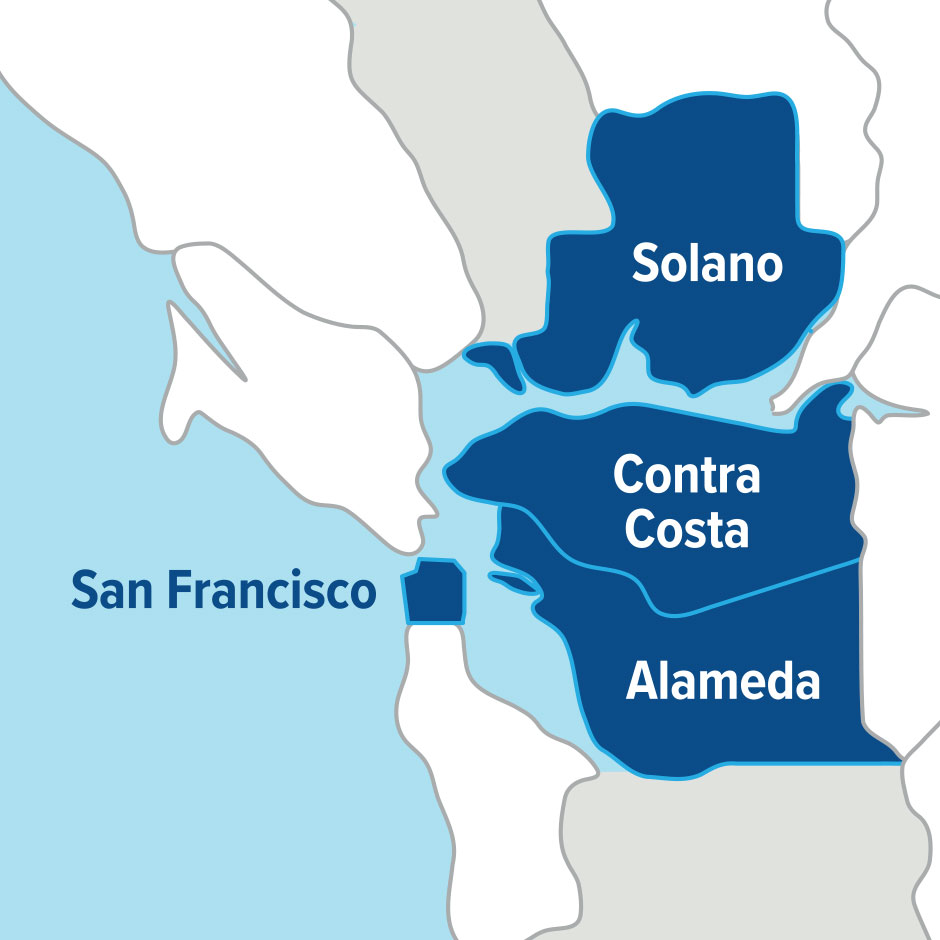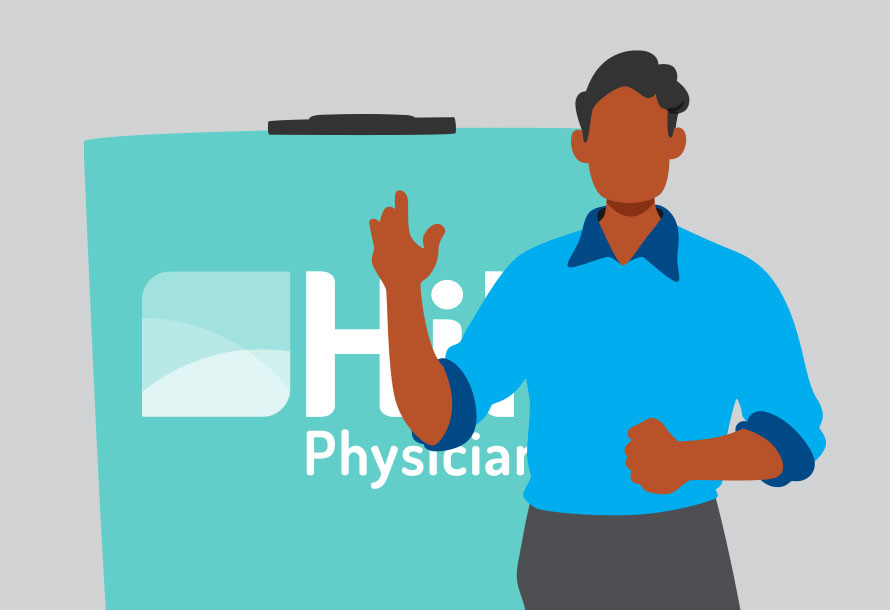
Special Notice for the Bay Area
United Healthcare in the Bay Area will have a specific network for Primary Care Physicians (PCP). You can search from a list of PCPs included in Alameda, Contra Costa, San Francisco, and Solano counties.

Learn About Medicare
Welcome to our Medicare overview section. Here, you’ll find helpful information about the different parts of Medicare, eligibility, and enrollment. Skip to Learn More ↓
Learn About Medicare
Original Medicare
- Original Medicare includes Part A and Part B.
- You can join a separate Medicare drug plan to get Medicare drug coverage (Part D).
- To help pay your out‑of‑pocket costs in Original Medicare (like your 20% coinsurance), you can also buy supplemental coverage, like Medicare Supplement Insurance (Medigap), or coverage from a former employer or union, or Medicaid. medicare.gov
Part A (Hospital Insurance)
Helps cover the following:
- Inpatient care in hospitals (such as critical access hospitals, inpatient rehabilitation facilities, and long‑term care hospitals)
- Inpatient care in a skilled nursing facility
- Hospice care
- Home Health Care Services
If you already receive benefits from Social Security or the Railroad Retirement Board (RRB), your Medicare Part A coverage will automatically start as soon as you qualify. If you aren’t getting Social Security benefits (for example, if you’re still working), you may need to sign yourself up for Part A, even if you are eligible to receive Part A at no cost.
Part B (Medical Insurance)
Helps cover a range of outpatient services:
- Visits to your physician’s office
- Specialist office visits
- Preventive care like flu shots and mammograms
- Lab costs, such as blood work and X‑rays
- Wheelchairs, walkers, and other medical equipment
- Physical therapy
- Mental health care
- Ambulance services
- A “Welcome to Medicare” visit (a routine physical that happens within a year of your sign‑up for Part B)
- Annual Health Assessments in the following years
Part D (Drug Coverage)
- Helps cover the cost of prescription drugs (including many recommended shots or vaccines).
- You join a Medicare drug plan in addition to Original Medicare (Part A and Part B), or you get it by joining a Medicare Advantage Plan with drug coverage.
- Plans that offer Medicare drug coverage are run by private insurance companies that follow rules set by Medicare. medicare.gov
Medigap (Medicare Supplemental Insurance)
- Extra insurance you can buy from a private company that helps pay your share of costs in Original Medicare.
- Policies are standardized and in most states named by letters, like Plan G or Plan K.
- The benefits in each lettered plan are the same, no matter which insurance company sells it. medicare.gov
Medicare Part C (Medicare Advantage)
Medicare Advantage is a Medicare‑approved plan from a private company that offers an alternative to Original Medicare for your health and drug coverage. These all‑in‑one plans include Part A, Part B, and usually Part D.
- Plans may have lower out‑of‑pocket costs than Original Medicare.
- Plans may offer some extra benefits that Original Medicare doesn’t cover — like vision, hearing, and dental services.
For more information, you can visit
www.medicare.gov.
If you would like information on licensed Medicare brokers, feel free to reach out to our customer service team at
1-800-445-5747.



